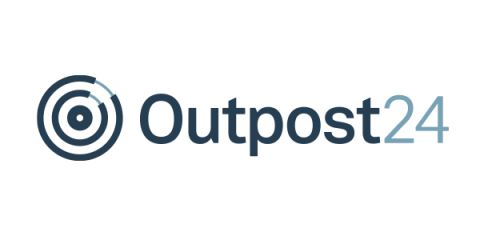How Outpost24 Secures the SDLC
At Outpost24, we’re committed to providing information security testing solutions to not only fit seamlessly into the SDLC, but also to enhance our customers’ experiences in implementing and maintaining their best practices to ensure their SDLC leads to a strong security posture and comprehensive resiliency around their full stack.








